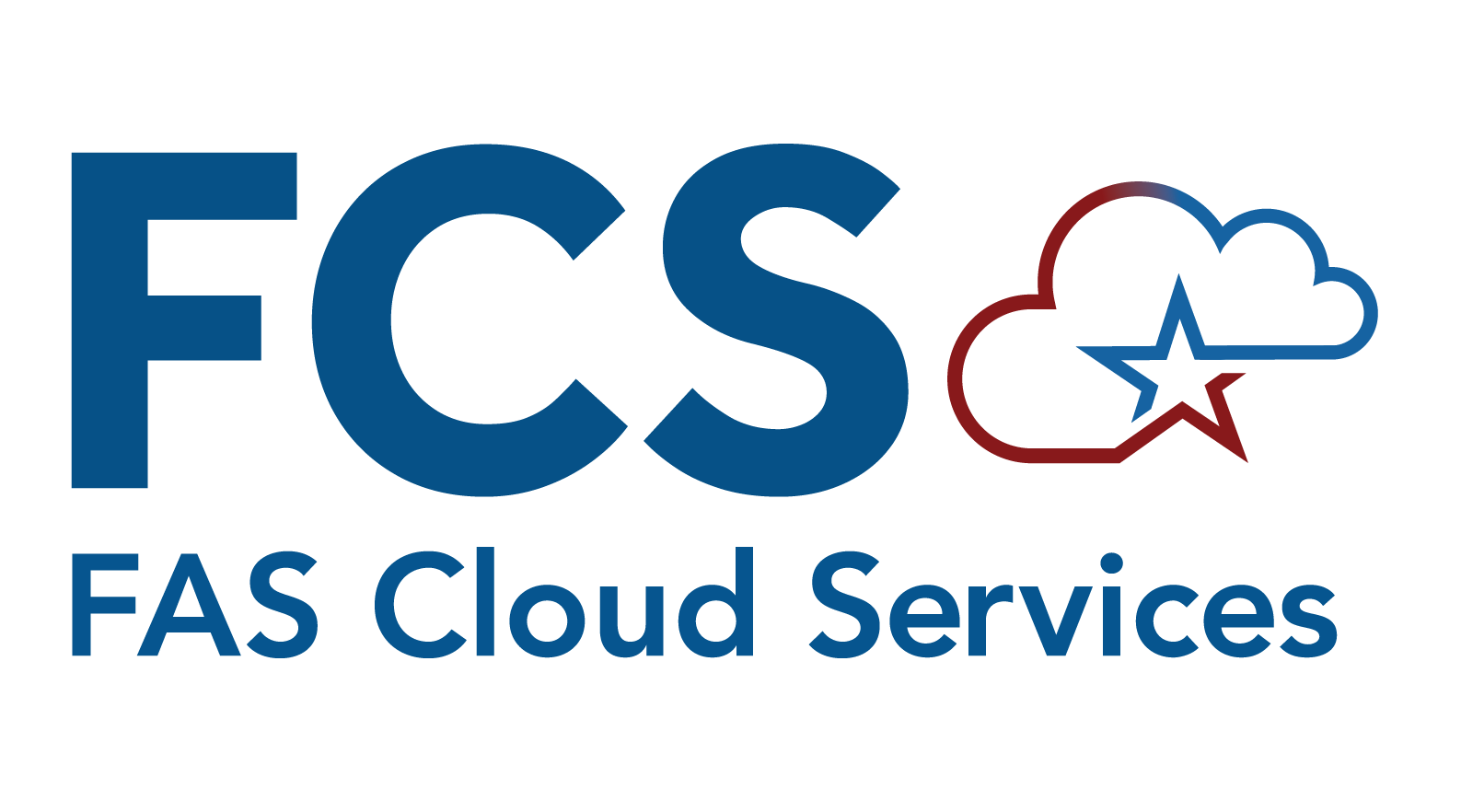June 2022 Welcome
Letter from Sagar Samant to the Federal Acquisition Service (FAS)
Welcome to the FAS-IT Playbook.
June 2022 will mark the two-year anniversary of the official launch of the FAS IT Playbook, the purpose of which is to provide the GSA stakeholder community with the proven patterns, processes, and enabling technical approaches required to meet its digital transformation objectives. One year before that, we awarded our COMET contracts. We have evolved and matured significantly over the past three years, but our guiding principles for FAS digital transformation have been, and continue to be, consistent.
At the core, every digital transformation starts with understanding the business needs and conducting market research to analyze options for the best way to deliver modern, intuitive, responsive, secure and sustainable systems and data services to support the FAS business. Every transformation is unique, but we've developed comprehensive technical architecture, service delivery, and acquisition strategies to enable all of our modernization journeys.
Technical Architecture Strategy
FAS IT's technical architecture centers around a model to provide secure, data-centric, and cloud smart solutions through API- and microservice-driven solution architectures. We've developed a robust cloud advisory process that first considers the business need and market research results to create the system transformation strategy that will answer the question of "build or buy?". We then, in collaboration with business owners, define the technical approach (or blend of approaches) that will provide the best total solution for the FAS business.
Our approaches can include custom development, use of low-code business process automation tools, no-code SaaS solutions, and/or Commercial Off The Shelf (COTS) products, considering what works as the best accelerator for continuously delivering business value. We have established the FAS Cloud Services (FCS) as the foundation of our ecosystem.
FCS provides cloud and data services leveraging cloud-native and open source products with built-in security controls to enable SecDevOps and continuous integration/continuous delivery (CI/CD) processes. This consultative approach to onboarding, combined with the enabling cloud and data services are designed and proven to accelerate the digital transformation journey and delivery of new capability.
Service Delivery Strategy
Once FAS and FAS IT determine the appropriate technical solution, we work together to decide on what service delivery model will best meet the triple constraints of scope, schedule, and cost. Delivery could be capability-based, capacity-based, or a hybrid of the two. A capability-based service delivery model should only be considered when the need is for a mature, well-defined business process or practice that already exists as a product and can be easily configured to support FAS with minimal to no customization. A capacity-based approach is valuable when requirements aren't fully understood.
Creating teams with a consistent velocity (i.e., capacity) allows the integrated teams to conduct discovery, create backlogs, develop, and deliver with the flexibility to quickly pivot when requirements and/or priorities change. Consistent with current "software factory" approaches, capacity can also be increased or decreased to fit various factors. For example, if there is enough budget, teams can be added to go to market faster.
Conversely, if budgets are constrained, the number of teams can be reduced (but the speed of delivery will also be impacted). A hybrid model may be useful when a low-code business process automation tool, no-code SaaS solution, and/or COTS product could meet the majority of the business need, but some custom development is required. Regardless of service delivery approach, systems modernizations are modeled around Human Centered Design (HCD) practices.
Acquisition Strategy
The outcomes of the technical architecture and service delivery strategies become the building blocks of the acquisition strategy. FAS IT, the business owner, and the Contracting Office form an integrated team and work together to establish the acquisition strategy. Teams partner to develop strategies that facilitate strong, but fair, competition that do not lead to vendor lock-in. Contracts should stipulate GSA owns the data, and ideally the code, to ensure follow-on acquisitions continue to be competitive.
Teams also consider the service delivery model they've chosen and how solidified the requirements are to determine what contract type is most appropriate. Firm Fixed Price (FFP) contracts are best when very specific outcomes are known (e.g., a specific capability or number of sprints). Time and Materials (T&M) contracts provide more flexibility to deal with the unknowns, and the government only pays for hours worked.
Experience and relative outcomes stemming from implementations to date have shown that a hybrid model (FFP and T&M) provides a good balance to address the firm requirements with the flexibility to address the unknowns. Once the solicitation is ready, we encourage the teams to release a draft allowing our industry partners the opportunity to provide feedback to improve the solicitation.
These three pillars serve as the foundation for how we have been able to overcome the challenges of legacy IT transformation. As we move forward, we will mature and refine these strategies and processes to ensure continuous improvement.
Best Regards,
Sagar Samant
Associate Chief Information Officer, FAS-IT


